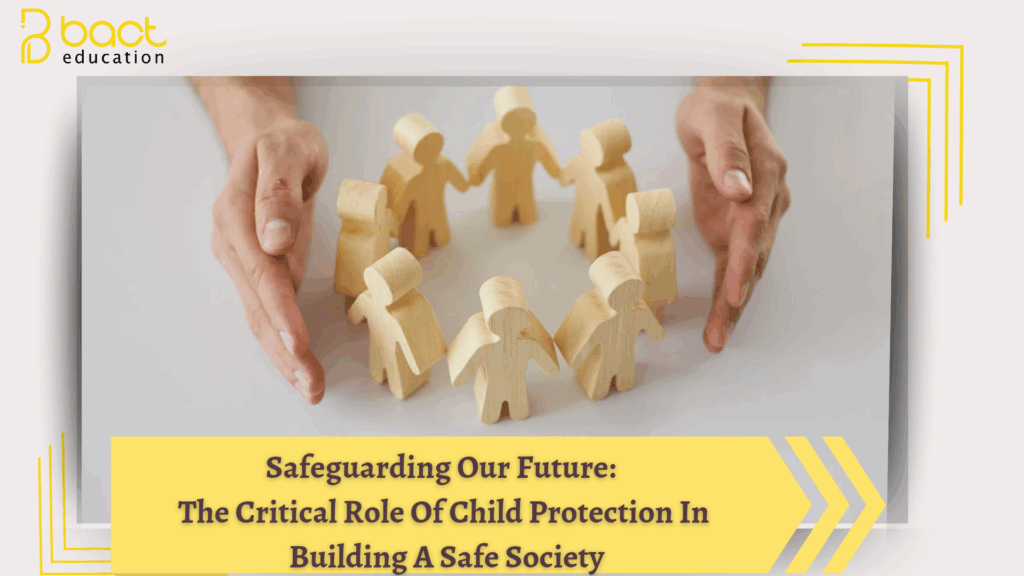Title: “Safeguarding Our Future: The Critical Role of Child Protection in Building a Safe Society”
Every child deserves to grow up in an environment where they feel safe, respected, and empowered to thrive. Yet, millions of children worldwide face risks such as abuse, neglect, exploitation, and violence—threats that can derail their physical, emotional, and cognitive development. Child protection is not just a moral obligation; it’s a societal responsibility that shapes the future of communities and nations. In this blog, we explore why child protection matters, how it intersects with education and policy, and actionable steps individuals and institutions can take to create safer spaces for children.
Why Child Protection Matters
Children are the most vulnerable members of society. Their dependence on adults for care, guidance, and advocacy makes them susceptible to harm when systems fail. Effective child protection:
-
Ensures Basic Rights: The UN Convention on the Rights of the Child (1989) affirms every child’s right to safety, education, healthcare, and freedom from exploitation.
-
Supports Healthy Development: Trauma from abuse or neglect can impair brain development, academic performance, and social skills.
-
Breaks Cycles of Harm: Protecting children today prevents future cycles of violence, poverty, and inequality.
Key Threats to Child Safety
-
Physical and Emotional Abuse: Harsh discipline, bullying, or domestic violence.
-
Neglect: Lack of access to food, education, or medical care.
-
Exploitation: Child labor, trafficking, or forced marriage.
-
Digital Risks: Cyberbullying, grooming, or exposure to inappropriate content.
-
Crisis Situations: Conflict, displacement, or natural disasters that disrupt protective structures.
The Role of Education in Child Protection
Schools and educational institutions are front-line defenders in safeguarding children. They can:
-
Create Safe Environments: Implement anti-bullying policies, trained counselors, and secure facilities.
-
Educate Students and Staff: Teach children about body autonomy, consent, and how to report concerns. Train teachers to recognize signs of abuse.
-
Foster Trust: Build relationships where children feel safe to confide in adults.
Challenges in Child Protection
Despite progress, gaps remain:
-
Underreporting: Fear, stigma, or lack of awareness often silences victims.
-
Cultural Sensitivity: Balancing traditional practices with children’s rights.
-
Digital Vulnerabilities: Rapid tech adoption outpaces safeguards for online safety.
5 Steps Everyone Can Take to Protect Children
-
Educate Yourself and Others: Learn to recognize signs of abuse (e.g., sudden behavioral changes, unexplained injuries).
-
Advocate for Policies: Support laws and school programs that prioritize child safety.
-
Use Technology Responsibly: Monitor children’s online activity and use parental controls.
-
Report Suspicions: Contact authorities or hotlines immediately if a child is at risk.
-
Empower Children: Teach them about their rights, boundaries, and safe adults they can trust.
The Global Perspective: Collaboration is Key
Child protection requires collaboration across borders. Organizations like UNICEF and local NGOs work with governments to:
-
Strengthen child welfare systems.
-
Provide resources for crisis-affected regions.
-
Promote international treaties and accountability.
Conclusion: Building a World Where Every Child Thrives
Protecting children is not a passive act—it demands vigilance, empathy, and collective action. Whether you’re a parent, teacher, policymaker, or community member, your role is vital in creating a safety net for young lives. By prioritizing child protection today, we invest in a generation that will grow into resilient, compassionate leaders tomorrow.
Let’s commit to being the voice for those who cannot always speak for themselves. Together, we can build a future where every child is safe, seen, and supported.
Contact us:
+971582491660 Whatsapp
+97144470880

